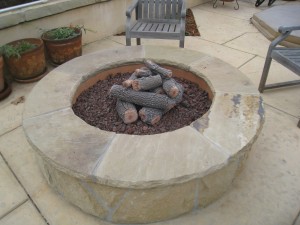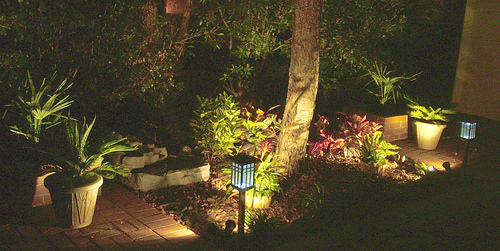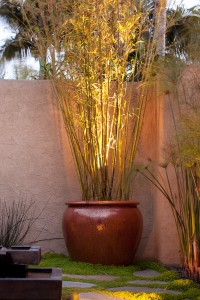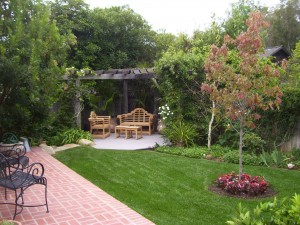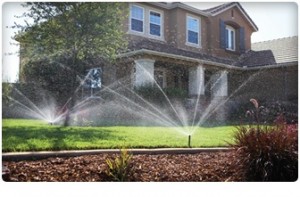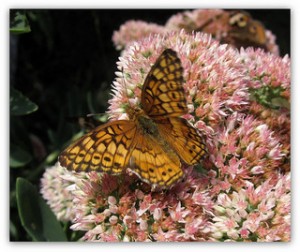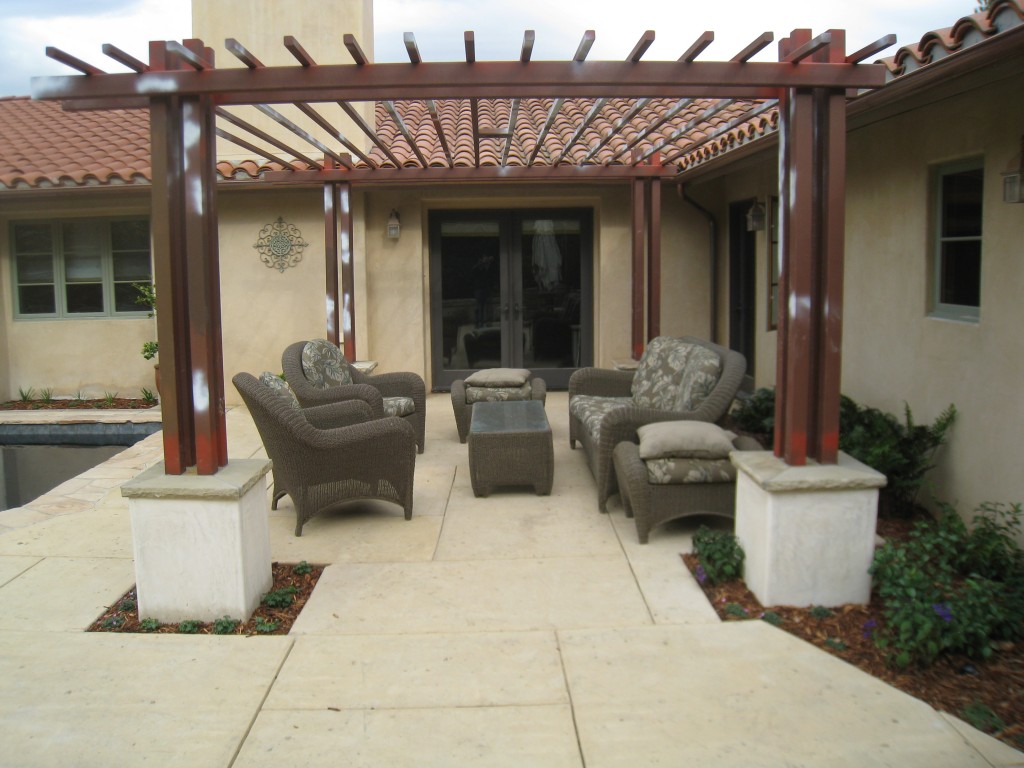Backyard Fire Pits will Enhance your Outdoor Living Enjoyment
An outdoor fire pit warms up chilly Spring or Fall evenings, creates a warm and inviting spot for conversation, and adds a touch of festivity to outdoor gatherings. Outdoor fire pits can be simple or elaborate. There are many options out there regardless of the size of your yard. Whether you seek to create a small, intimate corner for two, or a larger gathering spot, a fire pit adds a welcoming feel to your current landscaping. If you are thinking about having a fire pit built for you, here are some of the benefits:
- A professionally designed fire pit adds value and appeal to your backyard.
- Outdoor fire pits creates a central gathering spot for conversation when entertaining friends and family.
- Fire pits will add warmth, ambiance and personality to your backyard.
Today’s backyards are becoming more sophisticated, a true extension of the home. Outdoor “living areas” are just that. Many homeowners seek to create specific areas within their yard, such as a kitchen, a play space, a dining area and a living area. There are often secluded sections that are used as an extension of the master bedroom.
A professional landscaper can design and build the solid elements of your outdoor space, known as the “hardscape”. This consists of patios, decks, walkways, built-in seating, fireplaces and fire pits. Water features are often integrated into the hardscape.
Varieties of Outdoor Fire Pits
Backyard fire pits are often thought of as the traditional round, wood burning stone pit. While that is often the case, you may be surprised of the myriad of shapes and sizes of your backyard fire pit. A landscape designer can work with you and your space to create the perfect design for you. If you have limited space, for example, a round pit in the corner of your yard may not be the best option if you are surrounded by close neighbors who might be irritated by smoke. A gas burning set-up may be the way to go if a wood-burning pit cause smoke problems with the neighbors.
The pit can be round, square, triangular, rectangular…you name it. For smaller areas, a long and narrow rectangle shape saves space and provides an element of interest. While a brick or stone pit is perfect for a rustic or traditional home, those who are looking for a more modern or edgy feel may want something more angular, using a clean, concrete “box” type pit.
To truly differentiate your outdoor living space, design a sunken living-room style area in your yard with a central fire pit. Built-in seating in a U shape around the pit ensures that the warmth will be spread evenly. Stepping down into the pit gives the feeling that you are entering an actual room.
Make a bold statement with a wall of fire. A long and narrow pit made of concrete creates a space-saving, modern focal point in your yard. Other options are incorporating a fire pit into the corner of a low stone wall, complete with built-in seating. Outdoor fire pits made with re-purposed metal basins create a rustic or industrial feel. Adding a nearby built-in water element will create a reflective, serene atmosphere.
A variety of materials may be used to craft a fire pit. Different kinds of stone, brick, concrete and metal can be used that reflect your style and complement the natural surroundings.
Remember, even a small outdoor space can accommodate a built-in fire pit. Consult with a us. We have experience crafting these types of features. So many memories are made around a campfire, why not bring that to your own backyard?
Call us today to schedule an appointment to explore how we can help you create a warm and cozy area in your backyard.
